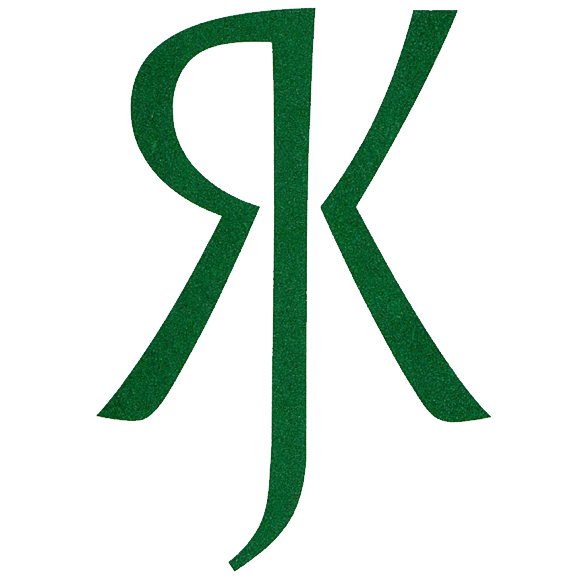UK Supreme Court
Inscriptions take many forms but in general the layout and lettering is more significant and expressive than the same message printed on paper. The permanence of the inscription, as opposed to the transitory nature of most printed matter, encourages a more thoughtful and profound approach to design and production. When something can last potentially many decades, or even hundreds of years, it is important to make it as beautiful, expressive and appropriate as possible. A successful inscription is a marriage between material, lettering layout, craft and the celebration of the author’s words.
-
UK Supreme Court
The studio designed and produced lettering in wood, glass and stone for the new Supreme Court in Parliament Square, London.
-
Bishop Fox Bridge, Taunton School
Public Arts Commission for Bishop Fox’s Community School. The text is from a poem by James Crowden who lives locally. The lines are laid out to give a suggestion of the movement of waves on the sea.
-
Davis House, Victoria
5m tall inscription in Portland stone in the main entrance of a new office development. This large inscription features 2 intertwined texts, one a Kenyan proverb and the other a quote from Frank Lloyd Wright. It brings together two strands of modern life, one a concern for the environment and our need to look after…
-
St Paul’s Cathedral Alignment Pavement
7m long in various Purbeck marbles and Welsh Slate. This large public art installation just outside the South Transept of St Paul’s Cathedral makes good use of various different types of natural stone to illustrate the change in alignment between the Old, pre-fire, Cathedral and the present one built by Sir Christopher Wren. The intention…
-
Canning Town Underground
Public Arts Commission for Canning Town Underground Station on the new Jubilee Line celebrating local history. The lettering swirls around and down the concrete stairwell, making a continuous pattern of text flowing out and exploring the surface of the concrete with cascading lines of text and spirals. The letters were carved in situ directly into…

